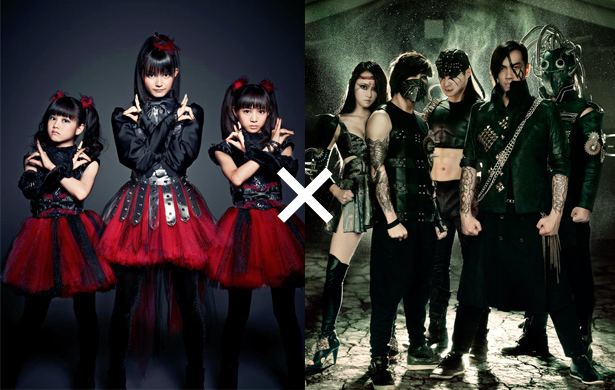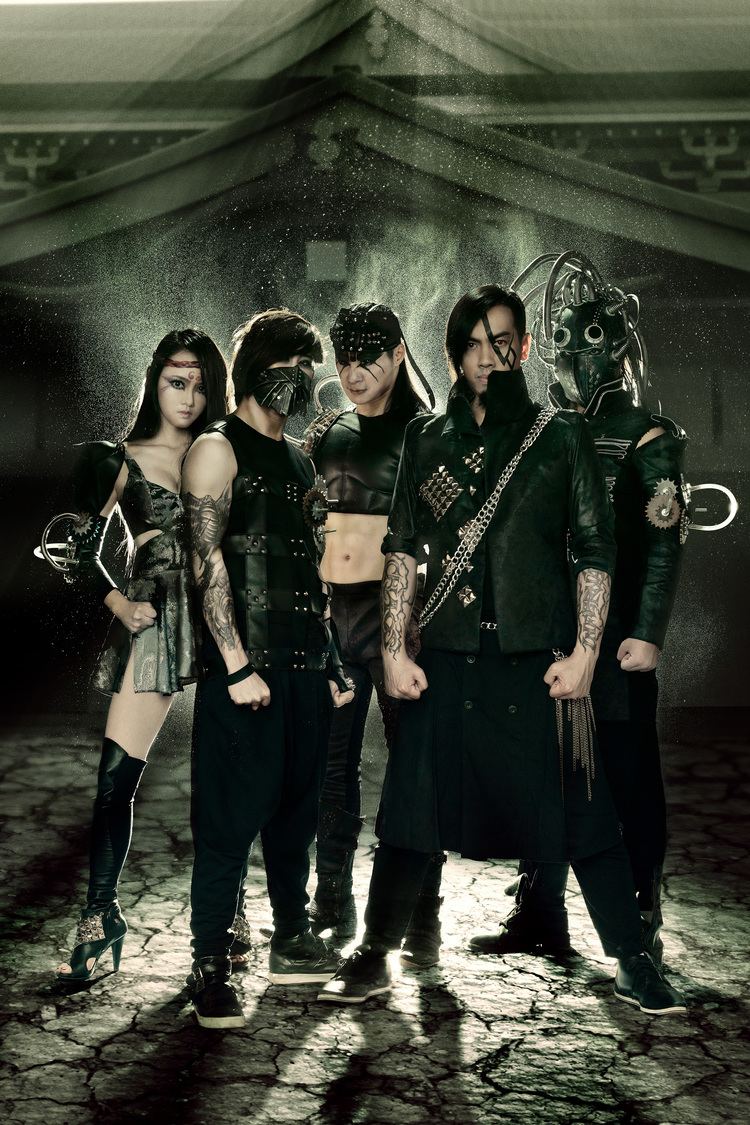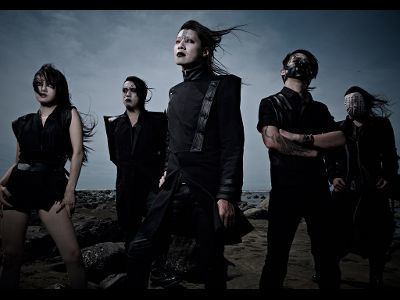 | ||
Chthonic supreme pain for the tyrant official video
Chthonic ( /ˈkθɒnɪk/, /ˈθɒnɪk/ from Greek χθόνιος khthonios [kʰtʰónios], "in, under, or beneath the earth", from χθών khthōn "earth") literally means "subterranean". The translation of meaning discusses deities or spirits of the underworld, especially in Greek religion. The Greek word khthon is one of several for "earth"; it typically refers to the interior of the soil, rather than the living surface of the land (as Gaia or Ge does), or the land as territory (as khora (χώρα) does).
Contents
- Chthonic supreme pain for the tyrant official video
- Chthonic takao official video mv
- Chthonic Cults
- Cult type versus function
- Ambiguities in assignment
- References

Chthonic takao official video mv
Chthonic Cults

Chthonic, which is a form of khthonie and khthonios, has a precise technical meaning in Greek, referring primarily to the manner and method of offering sacrifices to specific deity or deities, generally referred to as chthonic or chthonian deities. These include, but are perhaps not strictly limited to, Demeter and Hades in classical mythology.

Nocturnal ritual sacrifice was a common practice in many chthonic cults. When the sacrifice was a living creature, the animal was placed in a bothros (βόθρος, "pit") or megaron (μέγαρον, "sunken chamber"). In some Greek chthonic cults, the animal was sacrificed on a raised bomos (βωμός, "altar"). Offerings were usually burned whole or buried rather than being cooked and shared among the worshippers.
In his book The Mycenaean World, John Chadwick argues that many chthonic deities may be remnants of the native Pre-Hellenic religion and that many of the Olympian deities may come from the Proto-Greeks who overran the southern part of the Balkan Peninsula in the late third millennium B.C. He does, however, note that this may be somewhat of an overgeneralization and that the origins of chthonic and Olympian deities are probably much more complex.
Cult type versus function

The myths associating the underworld chthonic deities and fertility were not exclusive. Myths about the later Olympian deities also described an association with the fertility and the prosperity of Earth. Thus Demeter and Persephone both watched over aspects of the fertility of land, yet Demeter had a typically Olympian cult while Persephone had a chthonic one.
Also, Demeter was worshiped alongside Persephone with identical rites, and yet occasionally was classified as an "Olympian" in late poetry and myth. The absorption of some earlier cults into the newer pantheon versus those that resisted being absorbed is suggested as providing the later myths.
Ambiguities in assignment
The categories Olympian and chthonic were not, however, completely separate. Some Olympian deities, such as Hermes and Zeus, also received chthonic sacrifices and tithes in certain locations. The deified heroes Heracles and Asclepius might be worshipped as gods or chthonic heroes, depending on the site and the time of origin of the myth.
Moreover, a few deities are not easily classifiable under these terms. Hecate, for instance, was typically offered puppies at crossroads—a practice neither typical of an Olympian sacrifice nor of a chthonic sacrifice to Persephone or the heroes. Because of her underworld roles, Hecate is generally classed as chthonic.
